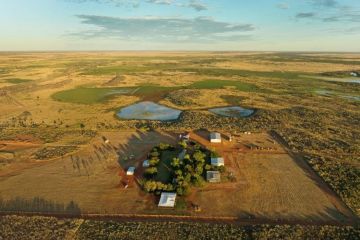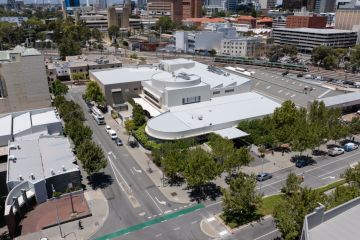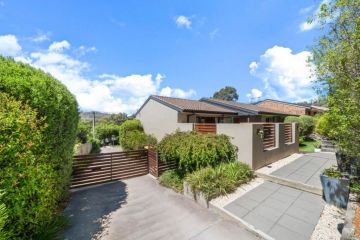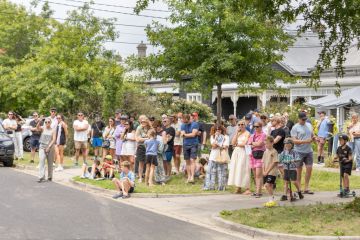Desperately seeking different: The tree change with personality
A couple relocating their lives after retirement from the Blue Mountains to the Dandenong Ranges to be closer to family gave building designer Sven Maxa a fulsome wish list for the house they want to build on land they’ve found among the mountain ash.
They request a durable, sympathetic property and retention of as much existing vegetation as possible. They want bushfire resistance, high-energy performance and like the idea of Colorbond, because they love its curves.
The principal of Maxa Design has a track record for doing interesting, energy-conscious houses, so the clients — an engineer and a potter — nail it with their choice of designer.
The plan is for a 20-metre, three bedroom home elevated 4.5 metres above the leaf litter on a grid of steel supportsin keeping with the global trend to putting houses up on stilts to lighten their footprint, especially in sensitive natural areas.
But how do you think Maxa went delivering the rest of the tick-list for a “personality house” that even he says is unusual, with its “full ellipse” shape?
“In the past there were semi-circular Nissen hut-like homes but I haven’t really seen anything like this.”
As floor plans go, and apart from the odd feature curve, the interiors are conventionally arranged. “Basically, it’s a big rectangle with a corridor down one end dividing north-facing bedrooms from the service rooms (bathroom, laundry walk-in pantry) on the south.”
The exterior form is so wonderfully novel. “Particular” is the word Maxa uses. But he explains that working with his engineer client to finesses all the requirements of rolling Colorbond to the right degree of bend and specifying the arcs of the wooden structural bones was “fun and challenging”.
“It’s all done around the pre-fabricated wooden skeleton. All the curved, laminated beams were lifted into place before pre-cut plywood was nailed on.”
The Colorbond was bent into four arcs, or mirrored pairs of matching geometry. “The roof and the belly are the same, and the two sides are the same.”
Having been applied to all places where there weren’t inset windows, there is an implication of a lot of pregnant gaps between straight interior walls and bent exterior facades. What happens within those voids?
“Basically you get a huge pump and fill them with material that raises the insulation level of the home above an R6 rating. The couple have lived in the house for a year and they’ve rarely had the temperature change from the comfort band of 18-25 degrees.”
Yet there’s another vital system that increases the overall energy performance. Maxa calls it “the magic box”, a super-efficient heat recovery system that covers hot water, heating and cooling and is so innovative the machine needed to be imported from Denmark.
In a potentially high fire zone Maxa’s other besetting issue was ensuring a safe house, “This meant creating a building that was as seamless as possible, with no cracks, nooks or crannies where ash could gather,” he said. For this the rolled shape of the house is ideal.
But there’s more. “It also needed an aesthetic inspiration.”
That prompt was hidden in plain sight. On the first day clients and designer met on site Maxa saw “a big charred log lying on the ground and that was another part of what fuelled the idea of a tubular house”.
We recommend
States
Capital Cities
Capital Cities - Rentals
Popular Areas
Allhomes
More







